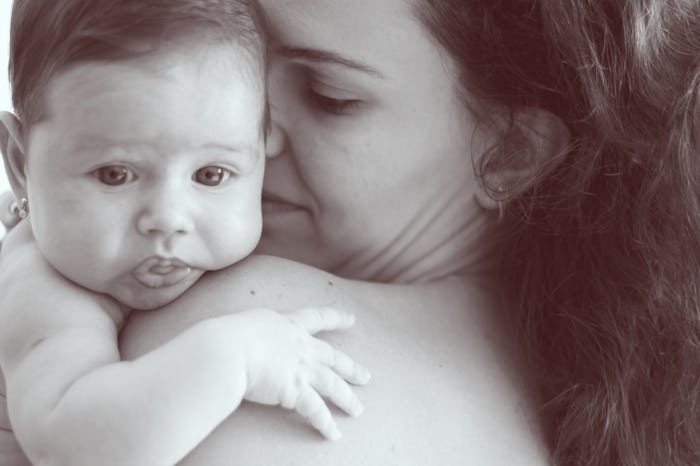News
The Latest Breast Pump Cleaning Guidelines Are A Must-Read For Moms
When you're a parent, the only thing you're concerned about is your child's safety. Everything becomes a safety hazard — from electrical sockets, to toys, to unfortunately, even your breast pump. A new report from the Centers for Disease Control and Prevention involving one infant has caused them to issue new guidelines about breast pumps. Pay close attention, as these updated breast pump cleaning guidelines are a must-read for every mom.
With breastfeeding comes breast pumping, a way to save and store your breastmilk so your baby can feed while you leave them with a sitter or when breastfeeding just becomes a little too inconvenient. Breast pumps are covered by your insurance plan under Obamacare — and if you have one in your household, then you probably know just how hard it is and how much of a hassle it is to clean them. They come with so many parts that need to be scrubbed and the tubing can become very complicated, very quickly. But before you reach for that scrub daddy and some dish detergent, or fill your basin with water to let them soak (a huge no-no), you should definitely read the CDC's new guidelines when it comes to cleaning said pump.
The new guidelines, which can be read fully here, instruct those washing the pumps to first wash their hands before touching the pump, rinse the pump under running water immediately after using, and cleaning pump parts with hot soapy water. The CDC also advises parents to let the pump elements air dry rather than drying the elements with a towel. They don't seem too hard to follow.
These guidelines are absolutely necessary to follow to help prevent contamination from harmful germs and prevent bacteria from growing inside the pump, as one infant became sick after using a contaminated pump. According to the report from the CDC, the infant contracted Cronobacter, a rare but serious infection that occurs most often in infants, after she was fed breastmilk that had been pumped by a machine that had been soaking in soapy water and then rinsed off hours later. This led to bacteria developing inside of the pump, which led to the infection and developmental delays for the baby.
However, this sad and rare instance can be avoided using the new CDC guidelines for mothers who are still pumping throughout the day. By following these instructions you are taking proper care of your pump and making sure that your baby is as safe as possible.
